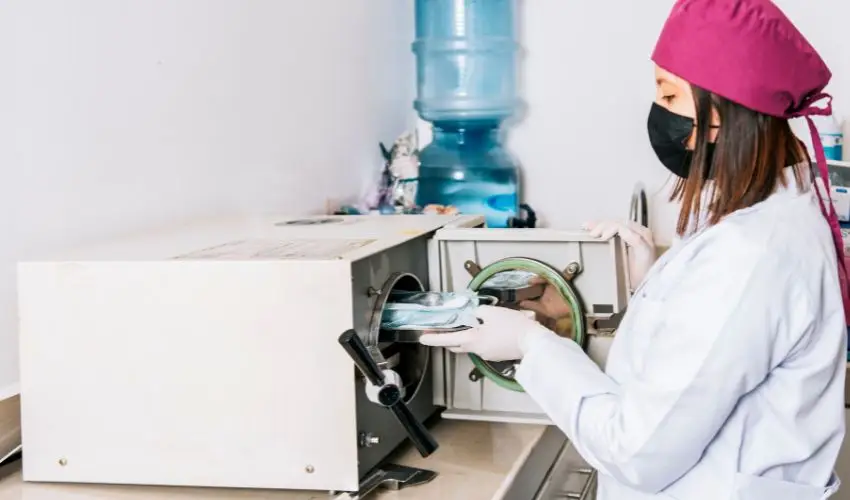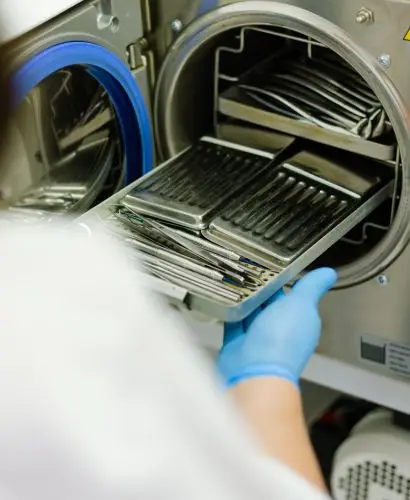Nullam dignissim, ante scelerisque the is euismod fermentum odio sem semper the is erat, a feugiat leo urna eget eros. Duis Aenean a imperdiet risus.
Nullam dignissim, ante scelerisque the is euismod fermentum odio sem semper the is erat, a feugiat leo urna eget eros. Duis Aenean a imperdiet risus.


A dental autoclave is a device used to sterilize dental instruments, ensuring they are free from bacteria and viruses. It uses steam and high pressure to achieve effective sterilization. It's essential for maintaining hygiene and preventing infections in dental clinics. Compact, easy to use, and designed specifically for dental tools.
It helps dentists keep their tools clean and safe for every patient. Dental autoclaves come in different sizes, from small tabletop units to larger models. They are quick, reliable, and meet strict sterilization standards for dental care.
A dental autoclave is used to sterilize dental instruments like drills, scalers, and forceps, ensuring they are safe for patient use. It is essential in dental clinics to maintain hygiene and prevent infections.
 Some Question
Some Question